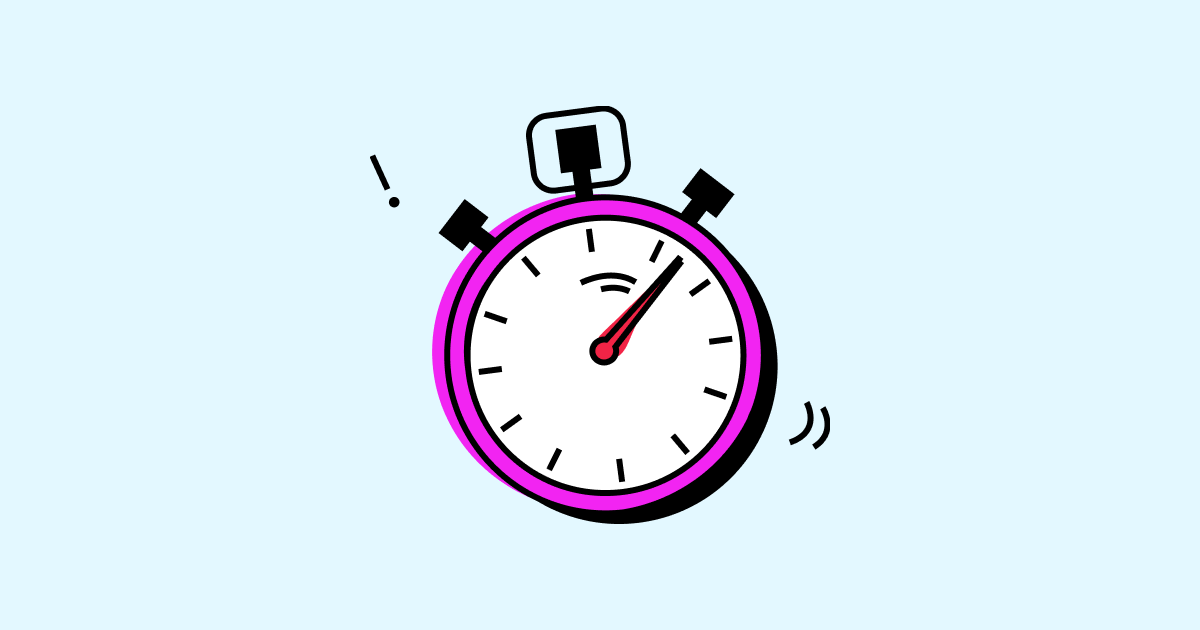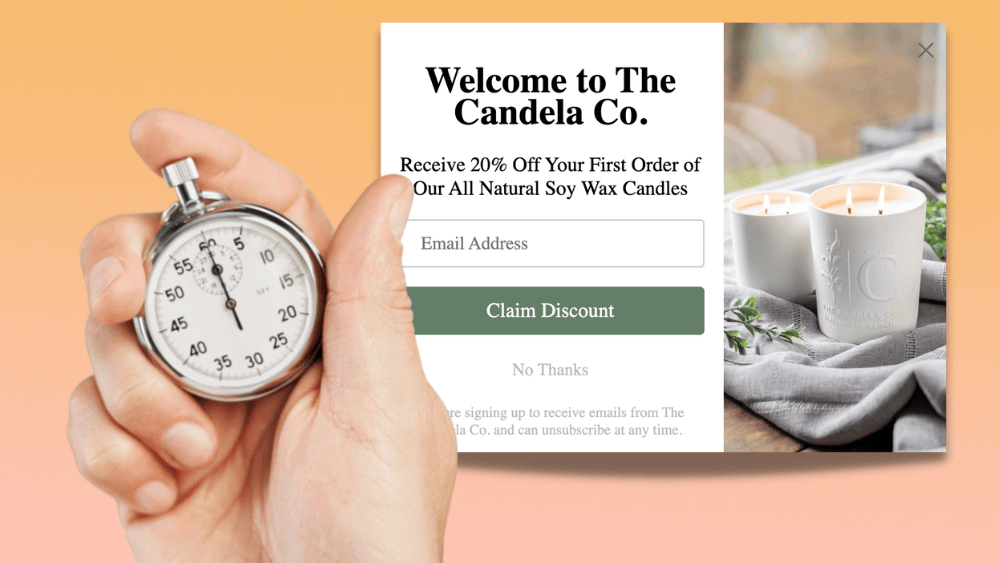
L’importance du timing : quand afficher vos offres pour maximiser les conversions ?
Have you ever noticed that some pop-up offers generate a high conversion rate while others are ignored or even perceived as intrusive? The secret lies in the display timing. An offer that is too early can frustrate the user, while a late offer may never be seen. Optimizing the moment you display a promotion, discount, or lead magnet can significantly increase your conversion rate. Discover in this article how to identify the right time to maximize the impact of your offers and convert more visitors into customers.
1. Why is display timing for an offer essential for conversion?
The effectiveness of a promotional offer or a pop-up does not solely depend on its content or design. The moment it appears plays a crucial role in its impact on conversion. Poor timing can lead to a loss of engagement, while optimized display can significantly improve performance.

1.1. Poor timing can harm the user experience
Displaying an offer too early or intrusively can harm the user experience and lead to a high bounce rate. A visitor who has not yet had time to browse your site will be more likely to immediately close a pop-up, which considerably reduces the chances of conversion.
According to OptinMonster, poorly placed pop-ups can decrease engagement rates by 20 to 30 %. Additionally, an intrusive pop-up triggered upon arrival on the page can distort the perception of your brand, giving an impression of pressure.
Solution: Adapt the display to the user experience
- Give visitors time to explore your site before displaying an offer.
- Avoid abrupt interruptions, especially on mobile where poorly configured pop-ups hinder navigation.
- Test different display moments to identify which maximizes interaction.
1.2. Good timing maximizes engagement and conversion
Conversely, a well-timed display improves engagement and increases conversions. A pop-up that appears at the right time captures attention better and encourages action.
Studies show that:
- Offers displayed after 50 % scrolling increase the conversion rate by 30 %.
- Pop-ups triggered on exit intent recover up to 53 % of departing visitors.
- An offer displayed after user engagement (e.g.: after reading an article) performs better than immediate display.
Optimal moments according to the type of offer
- Welcome offer: after 10-15 seconds on the page.
- Promotional discount: exit intent or after browsing several pages.
- Lead magnet: at the end of an article or after 30-40 seconds of reading.
1.3. Case study: The impact of timing on conversion
An e-commerce store specializing in fashion accessories tested three strategies for displaying its discount pop-up (-10 % on the first order):
- Immediate display upon arrival on the site.
- Display after 20 seconds of browsing.
- Display on exit intent.
The results showed that:
- The immediate display generated a conversion rate of 2.5 % only.
- The display after 20 seconds improved the conversion rate to 6.8 %.
- The display on exit intent achieved the best result, reaching 10.2 % conversions.
This study proves that display timing directly influences the performance of an offer.
2. When and how to display your offers for maximum effectiveness?
The success of an offer depends as much on its content as on the moment it is presented. Identifying the key moments to display it and using the right tools allows you to optimize its impact and significantly increase the conversion rate.

2.1. Key moments to trigger an offer
The display of offers should be contextual and tailored to visitor behavior. Here are the most effective moments:
- After a certain time on the page: Waiting 10 to 20 seconds allows you to engage the visitor before offering them a deal.
- During advanced scrolling: A pop-up that appears after 50 % of reading captures attention without being intrusive.
- On exit intent (exit-intent pop-up): Displaying an offer when a visitor is about to leave the page allows you to recover up to 53 % of drop-offs (OptinMonster).
- After a specific interaction: Repeated viewing of a product, adding to cart without purchase, or fully reading an article.
2.2. How to optimize timing with Poosh?
Poosh is a tool designed to automate and optimize the display of offers based on visitor behavior. With its intelligent pop-ups, it allows you to:
- Trigger an offer on exit intent to capture visitors before they leave the site.
- Customize the display based on the type of visitor (new, returning, potential customer).
- Analyze performance and automatically adjust the optimal display timing.
Businesses using tools like Poosh see an average improvement of 30 % in their conversion rate.
2.3. Test and adjust to maximize performance
An effective strategy relies on A/B testing to adjust optimal timing.
- Test different display delays and analyze conversion rates.
- Modify the hook based on user behavior.
- Adapt display according to device type (mobile vs desktop).
→ By applying these techniques and using the right tools, you maximize the effectiveness of your offers and improve your conversion rate.
The display timing of your offers is a key conversion factor. The right moment can turn a mere visitor into an engaged customer. By optimizing your strategies and using suitable tools, you maximize your results and significantly increase your conversion rates.